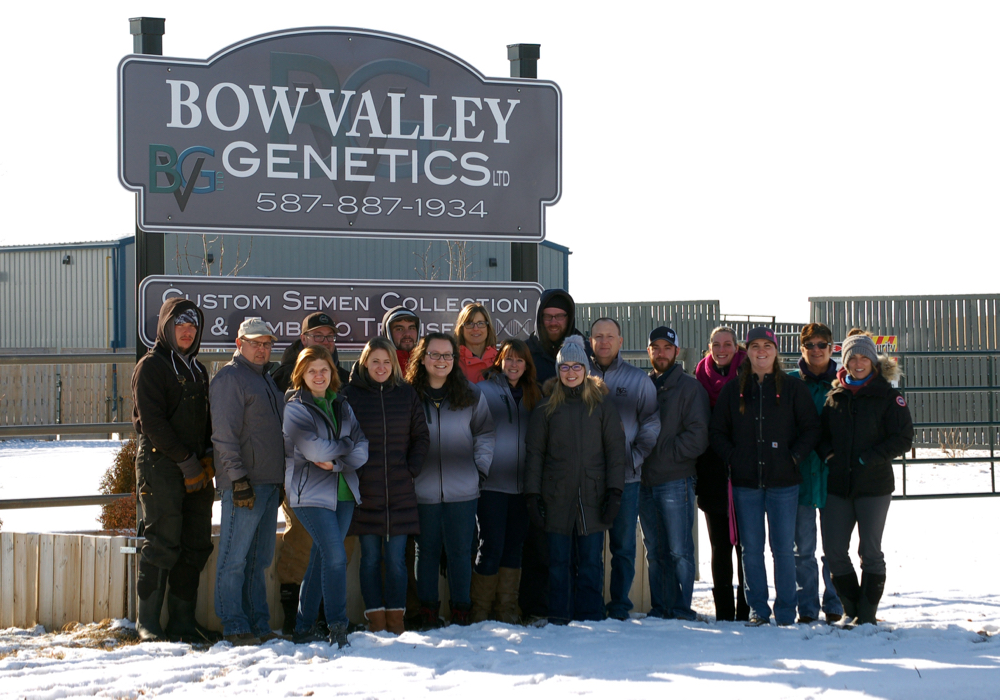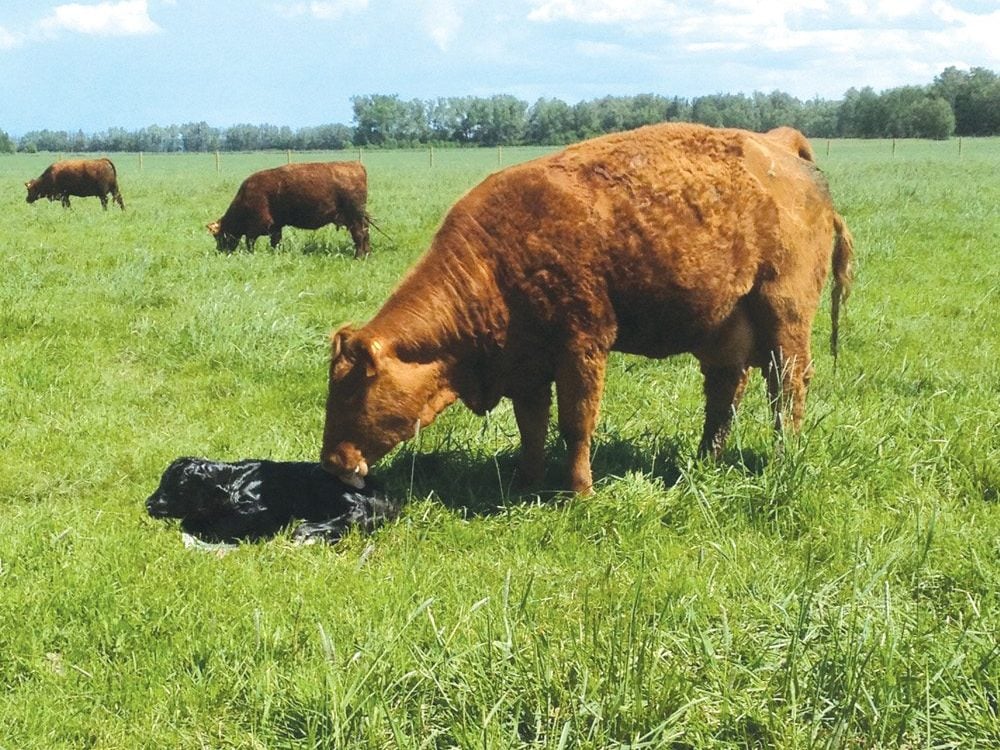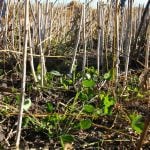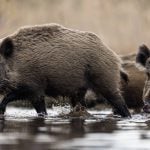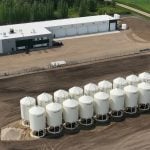Canadian beef cattle genetics have improved over decades as trends, production methods and market access channels evolve. Dr. Roger Davis, one of the founders of Davis-Rairdan Embryo Transplants, an elite embryo export business, is synonymous with the advancement and movement of beef cattle genetics.
Throughout Davis’s notable career, he has been actively involved in spearheading new technologies, ideas and marketing opportunities. Based out of Crossfield, Alta., Davis-Rairdan is recognized around the world for its role in reproductive technology for domestic and international cattle customers.
Inspired by innovation
Read Also

What to know before you go to Agribition 2025
If you’re attending Agribition 2025, this is the place to find out about tickets, dates and what’s happening this year.
Growing up on a small Angus operation near Wilcox, Sask., Davis was interested in veterinary medicine at a young age. “From the time I was 10 or 11, I always wanted to be a veterinarian.”
Davis’s father inspired him to follow his passion for purebred cattle. “I loved the cattle industry and grew up showing beef cattle of all breeds.”
The connections Davis made during his studies at the Western College of Veterinary Medicine in Saskatoon, Sask., fostered a keen interest in genetic improvements. During vet school, he had a front-row seat to exciting growth in Canada’s seedstock sector in the late 1970s and early 1980s.
“I was very fortunate. At the time, Dr. Reuben Mapletoft was doing research in embryo transplant which was a new technology,” says Davis. He regards Mapletoft as a pioneer in embryo technology and views him as an influence to this day.
“My late business partner, Scott Rairdan, and I both were quite enthralled with it, and he took us under his wing and taught us as much as we could learn.”
Following graduation, Davis, along with fellow veterinarian Dr. Rairdan, established a large animal practice that included embryo transplant and other reproductive technology.
In the early days, Davis recalls how they put in long hours during calving dealing with C-sections, prolapses and dystocia, but adds that now, calving difficulties have decreased, thanks to better genetics.
“It’s been an unbelievable change over the years,” he says. “Hats off to seedstock producers that really got it together and are producing a product that is pretty foolproof.”
Benefits of breeding technology
Riding the wave of interest generated by the arrival of continental breeds into Canada in the 1970s, Davis and Rairdan were quick to see the potential of embryo transplant. They soon focused exclusively on embryo transplant and reproductive work.
“It was early on in the industry and Canada was a leader,” Davis says. “I was fascinated by the technology and could see how it could really be used to take advantage of the female genetics the way they do with semen in bulls.”
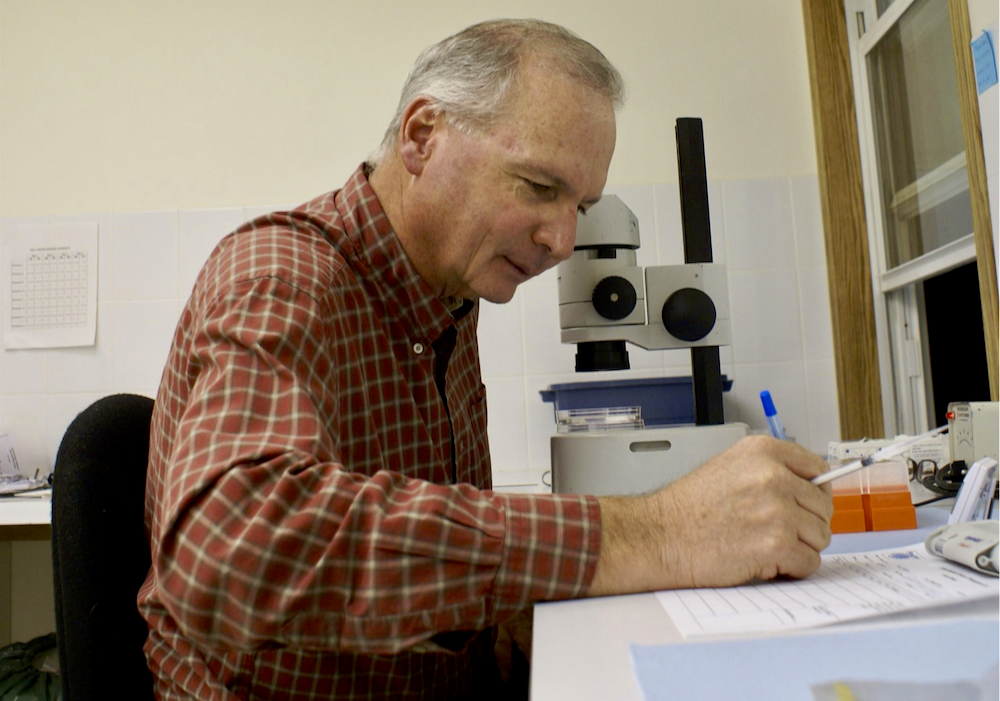
Davis started using embryo transplants in his own small polled Hereford herd and saw that he could quickly build quality. “When I started my herd, I only had 40 cows but I produced 100 purebred calves every year. In six years, I went from buying my first female to where I was premier breeder at Agribition.”
Davis says one of the greatest benefits of embryo transplant is that it is safe from a biosecurity perspective. “When exporting animal genetics of any kind — whether it is semen, live cattle or embryos — embryos are the safest. Canada did some groundbreaking research that showed that if embryos were processed properly there was virtually zero risk of transmitting disease.”
This became critical for Davis in a post-BSE marketplace when the domestic market dropped sharply overnight. “I had to focus elsewhere in the meantime and figure out how to keep everyone busy and employed at my office,” he says.
“Two years prior to BSE, there was a phenomenal study released (from the U.K.) that proved that BSE couldn’t be transmitted in embryos. We focused more on that and started a large-scale export marketing program internationally.”
Davis says that embryo collection is a valuable way to preserve genetics in the event of an on-farm disaster such as a disease outbreak. “It’s a phenomenal way of banking genetics that could be used down the road.”
There are challenges that come with embryo transplant programs, namely managing recipient cows for success. “There can be huge differences from farm to farm,” says Davis, who recommends that producers source recipient dams from top-end herds. “Don’t skimp on recipient cows; that’s the expensive part.”
A close-knit community
“The cool thing about the embryo transplant industry is — worldwide — it’s an extremely small group of people. From day one, the researchers and people in the industry had an unwritten rule to share new discoveries.”
He credits the International Embryo Technology Society as being instrumental in the success and rapid growth of the industry in the 1980s.
“I think the collaboration and sharing and admitting that some things don’t work really well is very helpful to the industry overall,” says Davis. A willingness to share both failures and successes allowed the sector to flourish and he says the technology improved tenfold because of that collaborative mindset.
Before e-commerce was a reality, Davis conducted many valuable export deals remotely via fax machine, sending embryos around the world to clients whom he had never met.
Language barriers were also a common issue in Davis’s global workplace.
His inaugural trip to Mexico coincided with his first experience performing non-surgical embryo transplants. “I spent two days out in the jungle with a generator and a tent for a lab with a microscope and no one spoke English.”
The task resulted in an exceptional 64 per cent pregnancy rate and a lasting friendship with the ranch operators.
In the early 1990s, Daryl “Doc” Seaman and Davis found an opportunity to export Red Angus genetics into Hungary to help build the country’s beef cattle industry. At the time, there were no more than 30,000 beef cows. Today, Hungary’s national cow herd has grown to more than 300,000 head, many of which have Canadian genetic origins. The project also included collaboration with Olds College to provide training in management practices including grazing and genetic selection.
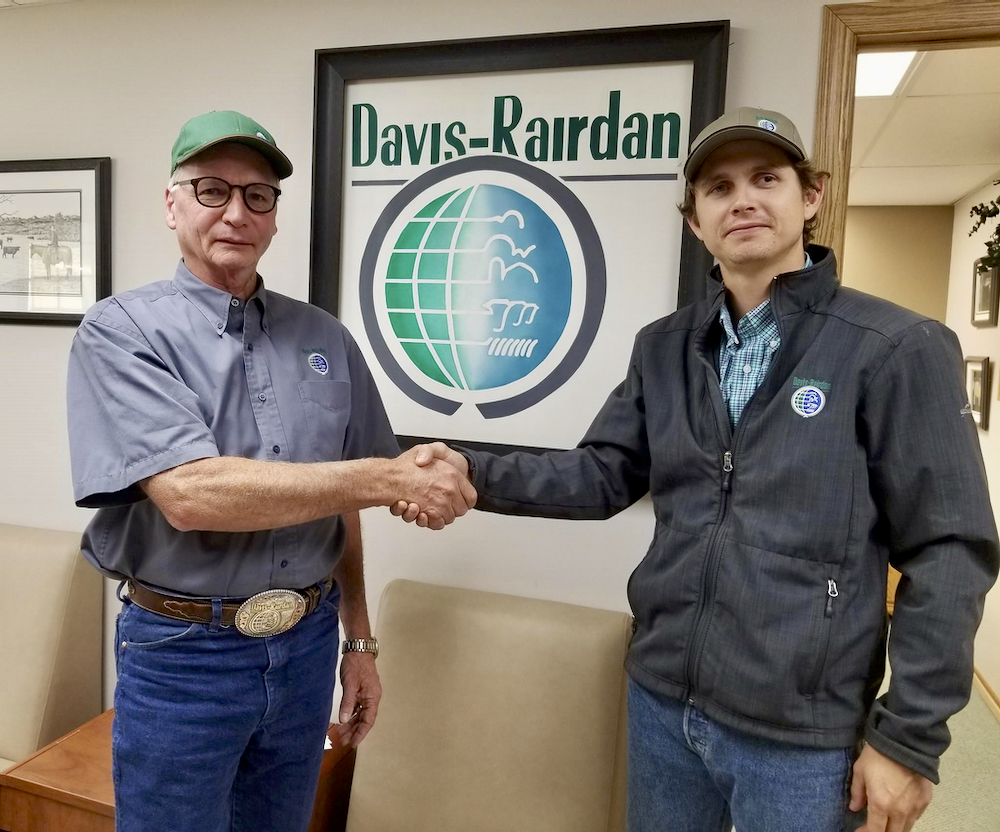
Find good people
A long, successful career doesn’t happen without some challenges but Davis says it’s important to persevere through failure.
“If you’re passionate about it, don’t give up. Put your head down and go forward, and believe it or not, when you look back on it, it’s not as big a deal as it seemed at the time.”
Davis’s veterinary partner passed away suddenly in 1995, which was an unexpected crisis to work through, but it prompted a core shift for Davis. “I was a micromanager until my partner was killed, but then I had to learn to delegate.
“At the time I wasn’t sure what to do, but my wife encouraged me to carry on,” he says. “Fortunately, I had the right people around me. One of the biggest successes of my life is having great staff, and delegation is the secret to success.”
Over his career, he sought advice from close friends, including Doc Seaman, a well-known businessman, and one of the first owners of the Calgary Flames.
“He really instilled in me that you have to surround yourself with good people and let them take some initiative. He told me, ‘They’re going to screw up, and if they don’t, they aren’t making enough decisions.’”
Davis also notes Stan Grad of Soderglen Ranches was a strong supporter of their vision. “Stan really encouraged Scott Rairdan and myself to venture out in 1980. He always had some great advice.”
A fertile future
In 2017, Davis sold Davis-Rairdan International to Dr. Adam Schierman, DVM, but still maintains a role as a consultant and helps at the transplant centre during busy times.
“He’s really taken the business to a new level,” Davis says of Schierman’s success. “We have a very similar mindset and thought process,” he says, adding that the transition was carefully thought out.
Davis says it is important to have an exit strategy, make a plan and invest in a proper evaluation to make the transaction smooth.
“A lot of people wait too long before they sell or retire. It’s no different than dispersing your purebred cattle herd. Timing is everything.”
Davis says the future remains bright for reproduction services at Davis-Rairdan. He says there is a growing gap between mediocre and high-end cattle, and as a result, seedstock producers want to produce more from the top tier.
“The embryo transplant industry is moving mostly because never in history have we been getting paid so well for high-end genetics.”
– Tara Mulhern Davidson is a writer and a beef and forage consultant. She ranches with her family in southwestern Saskatchewan.




